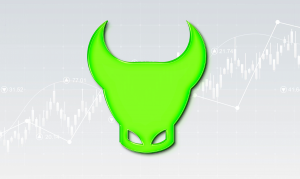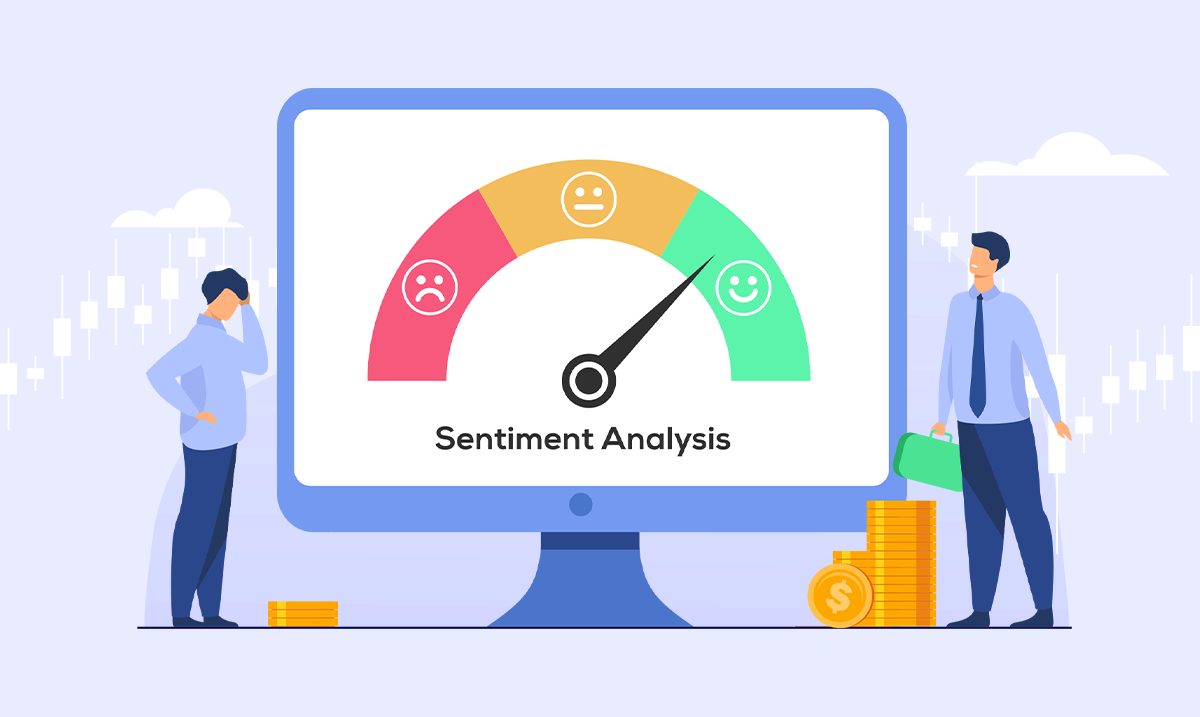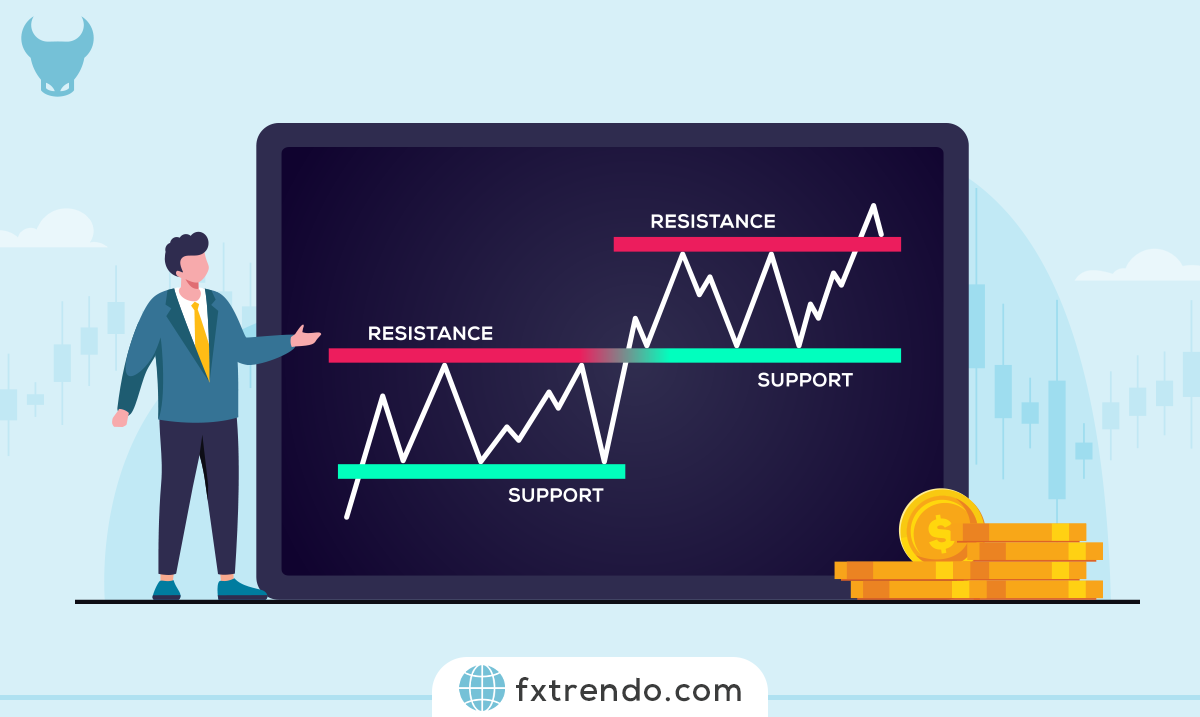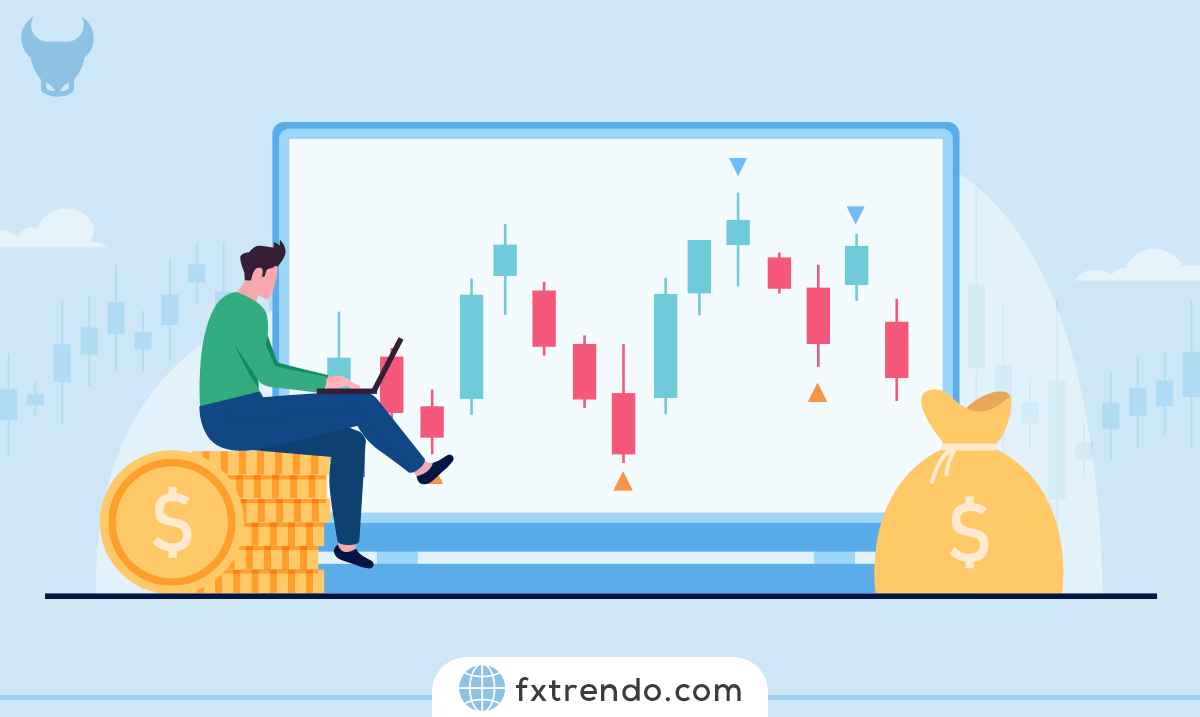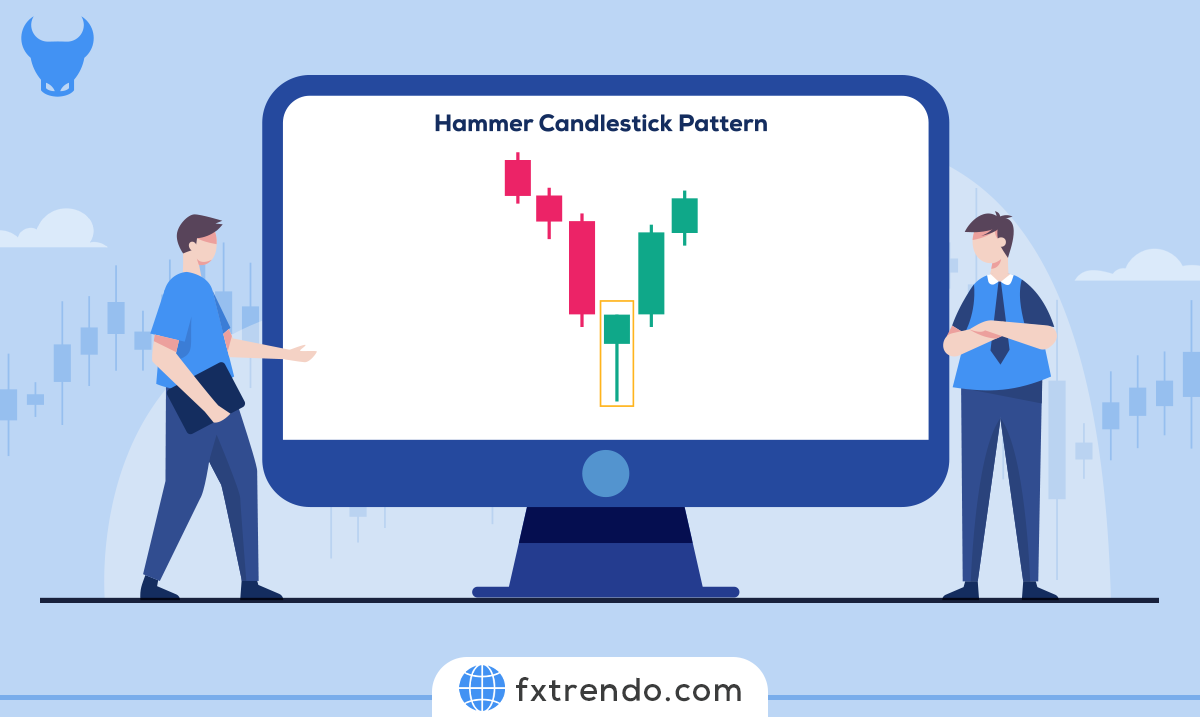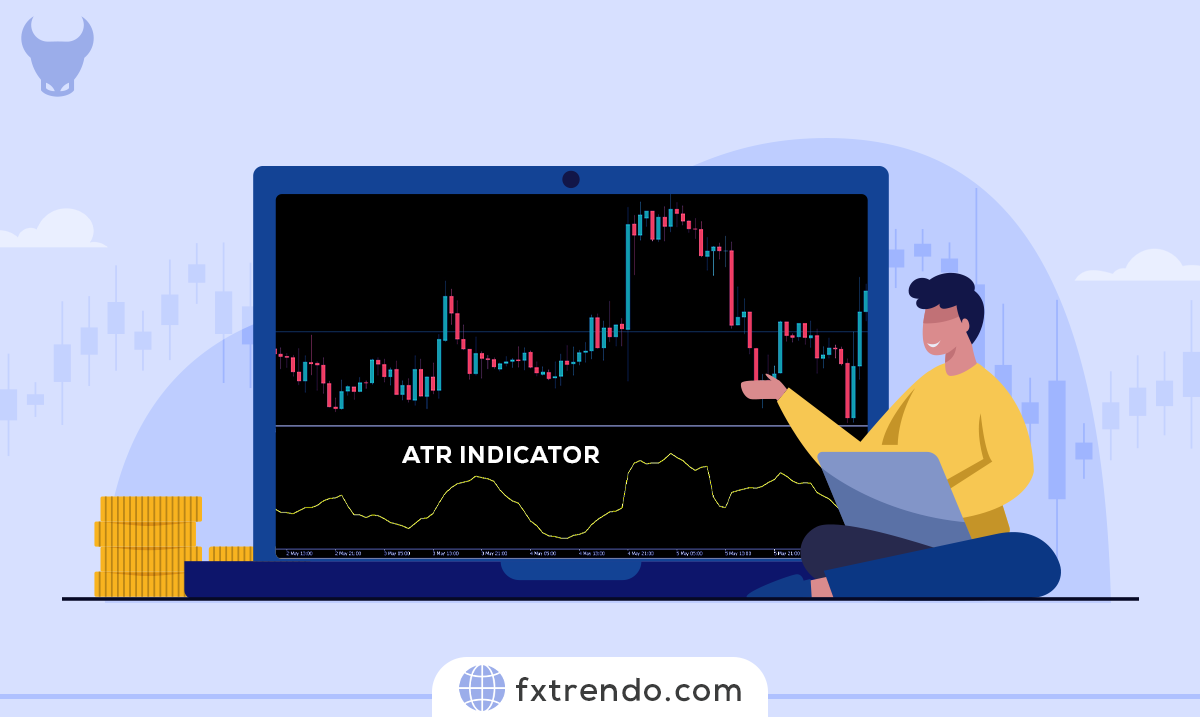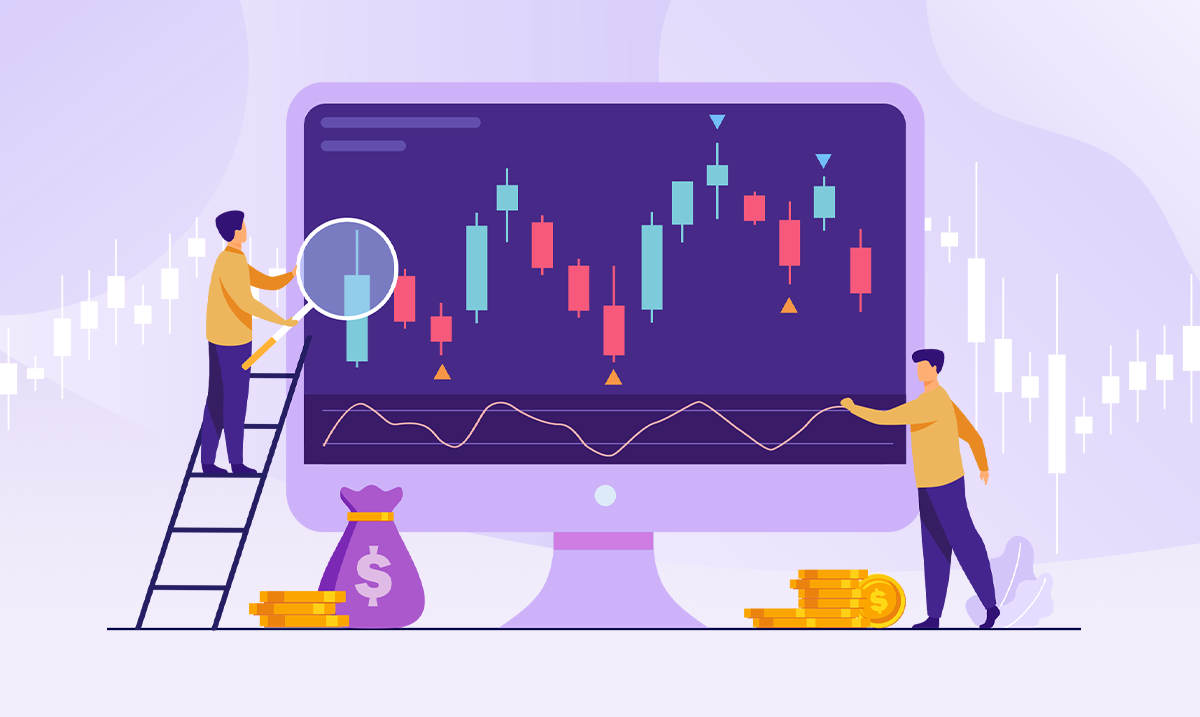Prerequisite to start investing in Forex; Where do we start?


Investing in Forex means that you use sums of money to buy and sell different currencies in the forex market and gain profit from exchange rate changes. The forex market is an international market where various currencies are traded against each other. Investors in the forex market operate by buying and selling these currencies to gain profit from exchange rate changes. As a forex investor, you can use technical and fundamental analysis to decide when to buy and sell currencies. Also, many investors use specific trading strategies, including Scalping, day trading, swing trading, and position trading.
To start investing in the forex market, you should consider several things:
Education & knowledge
To start investing in Forex, you must have a basic knowledge of trading principles, technical & fundamental analysis, and how financial markets work. Many educational resources are available on the Internet, and you can also refer to the Forex training section of our website.
You must use different methods to learn Forex and trading in financial markets. Here are some commonly used methods:
Books & Articles: You can find some of the best information about Forex in educational books and articles. These resources can include forex basics, technical and fundamental analysis, trading strategies, and risk management.
Online Courses: Amongst the most popular ways to learn Forex are Online courses. These courses can include videos, training, tests, and more.
Seminars & Webinars: Many forex brokers and schools offer seminars and webinars as an educational method. Trendo Broker also organizes such seminars on virtual networks.
Demo & Trial accounts: Most forex brokers allow users to open a trial or demo account. Using these accounts, you can experience forex trading without any real risk. To open a demo account in Trendo, download and install the Trendo application, then complete the registration.
Analysis & Trading Groups: In these groups, traders share their experiences and analyze the financial markets. Trendo's analytical group provides weekly fundamental and technical analyses of the most important symbols on the website and social media.
Coaches & Advisors: Some traders use professional coaches or advisors to leverage their experience and knowledge.
Remember, while these methods can be helpful, none alone can guarantee success. Success in Forex requires practice, patience, and a deep understanding of the financial markets.
Choosing a broker
You need a forex broker to access the forex market. Choose an authentic and reliable broker that meets your needs. Choosing the right broker for trading in the forex market is one of the most significant decisions a trader must make. Although this choice may seem difficult at first, if you consider what is important to you, you can find a broker that suits your needs. To begin with, you need to make sure of your broker's credibility. In the next step, you should pay attention to the quality of services and features the broker is offering. It may include profit rates, commissions, trade sizes, types of trading platforms, training features, and level of customer support. Ultimately, search for a broker that matches your trading strategy. If you are looking for high-speed trading, you need a broker with fast buying and selling speed. If you are a day trader, you may search for a broker with low fees and strong reporting features.
Here, we offer you Trendo. Trendo is a reputable Forex broker regulated by a reputed regulatory organization. Trendo provides various services and features designed to help you experience and succeed in the forex market with the best conditions concerning fees, spreads, trading speed, deposits, withdrawals, support, etc.
Refer to this link to download the Trendo Forex trading platform. You can finish registering in a short time.
Trading account
After choosing a broker, you need to open a trading account. In many cases, you can start with a small amount.
A Forex trading account, as the name suggests, is an account that traders open to trade in the Forex market. Forex brokers provide these accounts and allow traders to buy and sell different currencies.
In a forex trading account, a trader can buy and sell different currencies through the broker's trading platform. These accounts provide in various currencies, and the trader can use them to trade specific currencies.
With a forex trading account, a trader can decide which currency to buy and which to sell based on his technical and fundamental analysis. Some brokers also provide traders with features such as technical analysis tools, market reports, and financial news to help them make better decisions.
Also, many forex brokers provide the possibility of opening a demo account, which allows traders to train themselves with the forex market and how to use the trading platform without taking any real financial risk.
The trading account in Trendo Broker is of ECN type, and spreads are zero and the lowest amount. Click to read the trading account conditions in Trendo Broker.
Capital
You need capital that you can invest in the forex market. Your capital should be money that, if lost, will hardly affect your daily life. The amount of capital required to invest in Forex may vary depending on several factors, including your trading strategy, risk tolerance, and investment goals. However, it is best to start with capital you can afford to lose to minimize risk. This means that if you lose your entire capital, this issue will not significantly affect your lifestyle.
Also, only stake a small percentage of your capital per trade to reduce risk. For example, if your capital is $10,000, you should not risk more than $100 (1%) per trade. Finally, to reduce risk, you should have a risk management plan that includes setting stop-loss and take-profit orders. This program helps you minimize potential losses and preserve your profits.
Finally, remember that investing in forex always involves risk, and you should only invest with money you can afford to lose.
Trading plan
You must have a trading strategy or plan. This plan should include how you choose trades, risk management, and your profit target. A forex trading plan acts as a trading guide that helps the trader decide when, how, and why to execute a trade. This plan consists of three main parts: market analysis, trading strategy, and risk management.
Market Analysis: Here, you must decide what analysis you will use. That may be technical analysis (which is based on charts and price patterns) or fundamental analysis (based on news and economic data) or sentimental analysis (based on traders' sentiments), or a combination of these analyses.
Trading Strategy: You must decide what kind of trading strategy you will use. That may include day trading, swing trading, position trading, or high-speed trading.
Risk Management: You must have a plan to manage your trading risks. That includes determining the amount of risk for each trade, using stop-loss orders and take-profit orders, and having an appropriate ratio between profit and loss.
Learning how to create a trading plan can be time-consuming, but it is one of the most important tools a forex trader can have. A good trading plan will help you trade more confidently and manage your risks better.
Read More: ownload the Professional Forex App
Trading psychology


Managing emotions and maintaining focus during trading is one of the most significant success factors in the forex market. Forex trading psychology refers to a trader's emotions' and behaviors' influence on trading decisions. That is a major part of forex trading and can affect trading efficiency profoundly.
The forex market can be a stressful and emotional environment, and positive or negative emotions can influence trading decisions greatly. For example, fear of missing out may make you overreach for small profits, while greed may make you take on too much risk.
Also, learning to accept losses as part of trading and not to let negative emotions influence future trading decisions is a significant part of trading psychology.
Read More: Forex Trading Psychology (the importance of psychology in trading)
Risk management
Learning to manage risk is critical to avoid losing all your investment in one trade. Risk management in forex refers to a set of methods, strategies, and tools traders use to reduce the potential risk of financial losses in the forex market. That is one of the critical components of success in forex. Without proper risk management, a trader can lose capital quickly.
There are several different ways to manage risk, but a few key techniques are:
Setting Stop-Loss Orders: These orders allow the trader to automatically close the trade if the price reaches a certain level beyond which the loss is unacceptable to the trader.
Setting Take-Profit Orders: These orders allow the trader to automatically close a trade when the price reaches a certain level at which the trader intends to take a profit.
Risk only a small percentage of your capital per trade: this is a usual method of controlling losses. If you only risk one percent of your capital per trade, you will not need to worry about losing all your capital.
Having the correct ratio between profit and loss: It means determining how much profit you expect for every dollar you risk. For example, if you want $2 in profit for every $1 loss, your profit-to-loss ratio is 2 to 1.
By using these methods, traders can reduce the risk of financial loss and preserve their capital.
Read More: 12 golden tips in capital management
Please note that investing in Forex can be high risk and result in losing all your capital. You should make sure that you are aware of the risks associated with this market.
Связанный пост
Самый посещаемый









